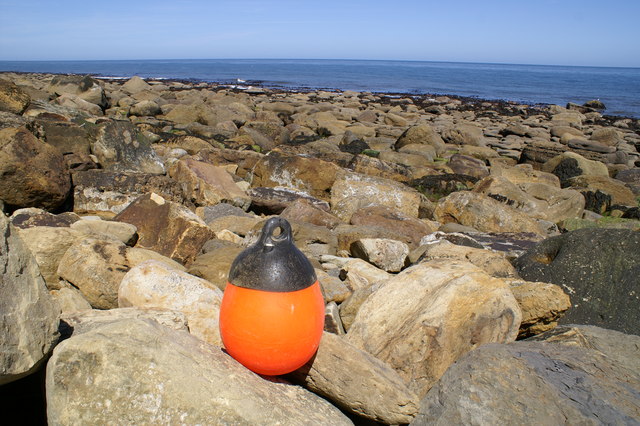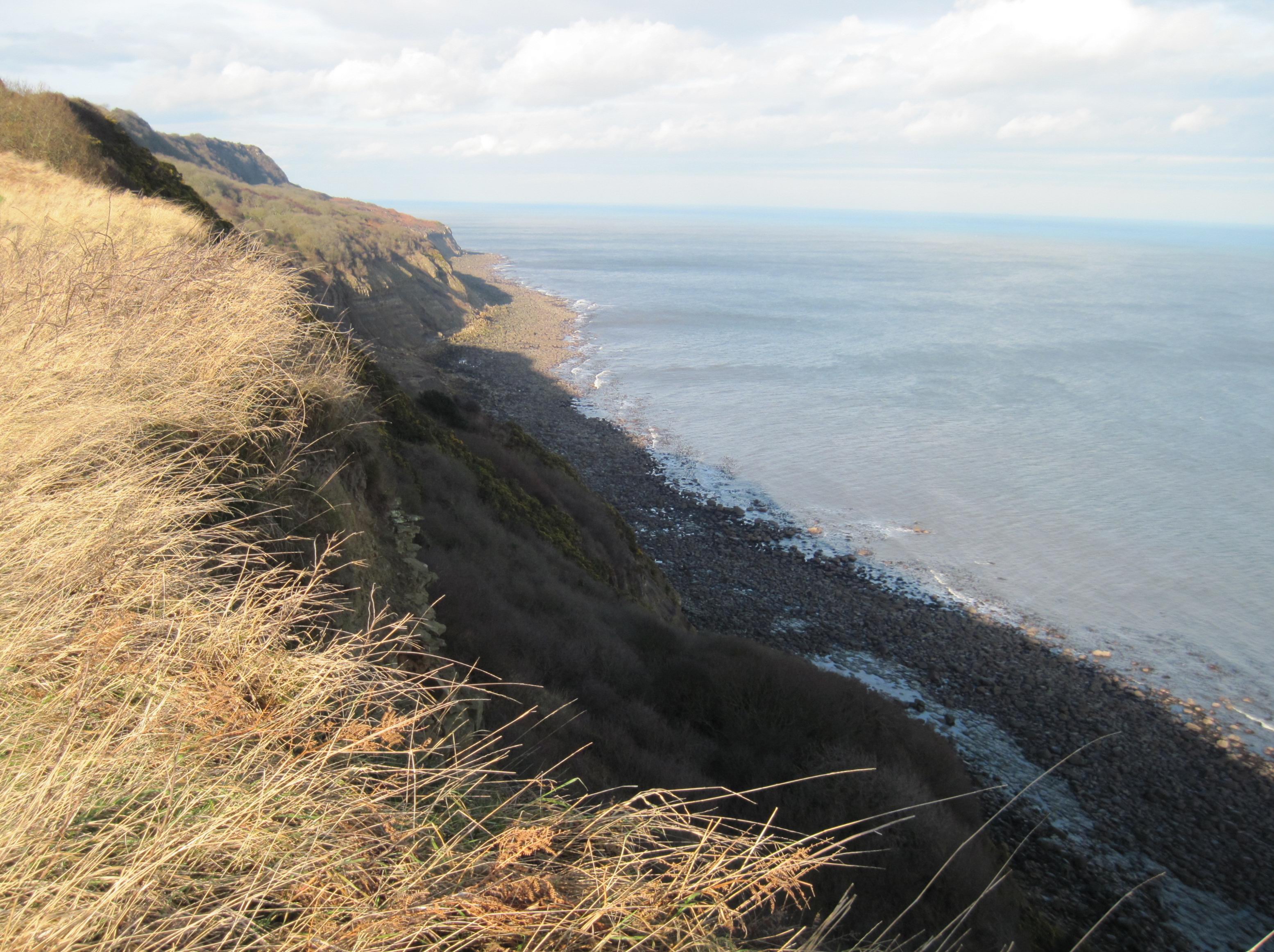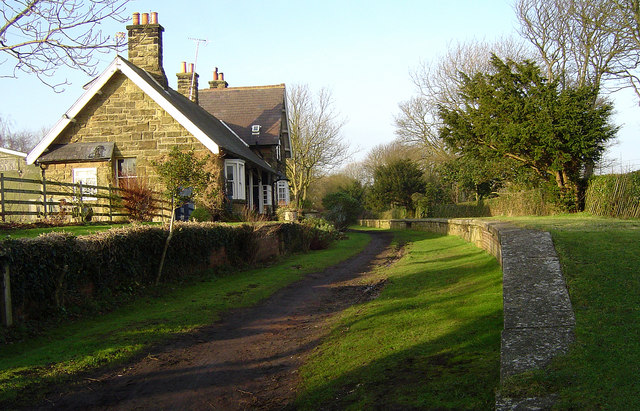Beast Cliff
Cliff, Slope in Yorkshire Scarborough
England
Beast Cliff

Beast Cliff is a prominent geological feature located in Yorkshire, England. It is a steep cliff that stretches along the coast, providing stunning views of the North Sea. With its rugged beauty and dramatic landscape, Beast Cliff is a popular destination for nature enthusiasts and photographers.
Rising to a height of approximately 100 meters, the cliff is composed of layers of sandstone and shale, which have been shaped by the erosive forces of wind and water over millions of years. The exposed rock formations showcase the region's geological history and offer valuable insights into the Earth's past.
The cliff is home to a diverse range of plant and animal species, including seabirds such as puffins, kittiwakes, and fulmars, which nest in the crevices and ledges. Visitors can often spot these birds gliding above the waves or perched on the cliff's edge. Additionally, the surrounding coastal waters are teeming with marine life, making Beast Cliff a popular spot for fishing and birdwatching.
Access to Beast Cliff is relatively easy, with a well-maintained footpath that runs along the cliff's edge. This allows visitors to explore the area and enjoy the breathtaking views safely. However, caution is advised as the cliff's edge can be unstable in certain areas, and it is important to adhere to safety guidelines.
Overall, Beast Cliff is an awe-inspiring natural wonder, offering visitors a chance to immerse themselves in the beauty of Yorkshire's coastline and witness the power and majesty of nature.
If you have any feedback on the listing, please let us know in the comments section below.
Beast Cliff Images
Images are sourced within 2km of 54.381514/-0.46072281 or Grid Reference TA0099. Thanks to Geograph Open Source API. All images are credited.








Beast Cliff is located at Grid Ref: TA0099 (Lat: 54.381514, Lng: -0.46072281)
Division: North Riding
Administrative County: North Yorkshire
District: Scarborough
Police Authority: North Yorkshire
What 3 Words
///culminate.bulletins.stitch. Near Burniston, North Yorkshire
Nearby Locations
Related Wikis
Beast Cliff
Beast Cliff is a steep sea cliff situated about halfway between Whitby and Scarborough on the coast of North Yorkshire in northeastern England. Beast Cliff...
Staintondale
Staintondale (or Stainton Dale) is a small village and civil parish in the Scarborough district of North Yorkshire, England. The village is situated 7...
Bent Rigg radar station
Bent Rigg Radar Station, (also known as Royal Air Force Ravenscar, and Ravenscar tracking station), was a radar site located at Bent Rigg, 0.6 miles (1...
Staintondale railway station
Staintondale railway station, also known as Stainton Dale railway station, was 8 miles (13 km) north of Scarborough and served the hamlet of Staintondale...
Nearby Amenities
Located within 500m of 54.381514,-0.46072281Have you been to Beast Cliff?
Leave your review of Beast Cliff below (or comments, questions and feedback).













